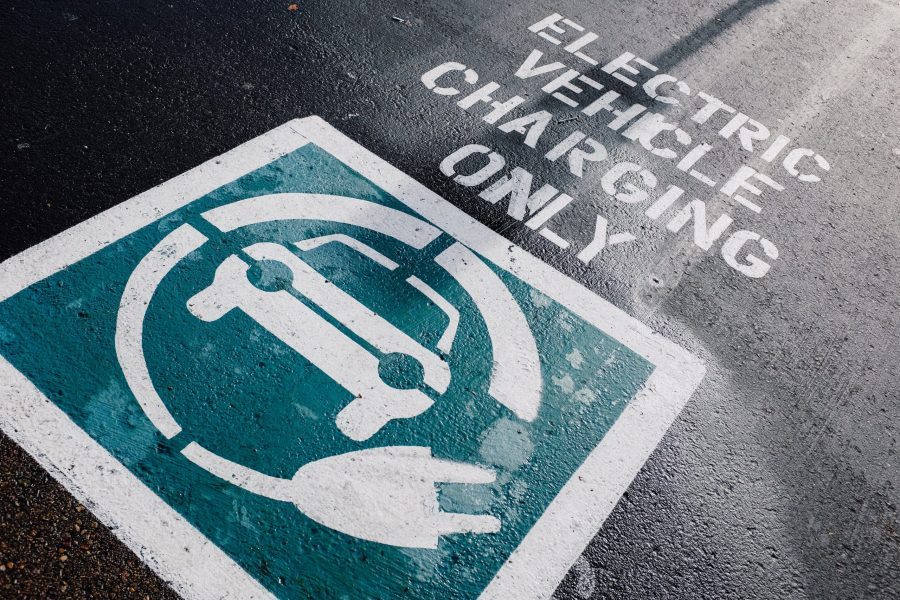Electric vehicles correspond to approximately 2% of all the new vehicles on the road. However, as the manufacturers continue to offer new mainstream models, these numbers seem to have an upward trend.
If you want to choose the right electric vehicle that meets all your needs, you need correct information about charging, range, costs, safety and many other things. Still, you don’t need to worry about electric vehicle selection being more complicated than standard vehicle selection.
The most important things you need to know about electric vehicles are the types of these vehicles and their unique details. You will probably need the most help from the titles below when you choose an electric vehicle.
Post Content
Full-Electric Vehicles and Battery-Driven Electric Vehicles
EV is the general term for all-electric vehicles. Full electric vehicles are entirely powered by engines that have batteries charged with electricity. Another type called fuel cell electric vehicles or FCEVs work with compressed hydrogen. The manufacturing of hydrogen fuel cell vehicles is limited.
The battery-driven electric vehicles also known as BEV only use their electric motor or motors for driving. Since they don’t have the traditional internal combustion engine or use gas, the exhaust of the BEVs doesn’t generate emissions. These types of vehicles are sometimes called AEV or automated electric vehicles.
Hybrid Electric Vehicles
HEV is the abbreviation for a hybrid electric vehicle. HEV is an electric vehicle driven both by an internal combustion engine and an electric motor that uses battery energy. Hybrid vehicles use regenerative energy to store the energy during decelerating to charge their batteries.
PHEVs (plug-in hybrid) is plugged into electricity to charge the batteries and uses an alternative fuel to power the internal combustion engine. Some PHEVs can offer a 60 km or more driving range by only utilizing the power of electricity instead of driving for a few km with a standard HEV.
Range in Electric Vehicles
The users are most concerned about the charging range for electric vehicles. Although today’s EVs match daily driving, some uses believe that this range isn’t enough. Electric vehicle manufacturers continue to improve the capacity and charging durations and we can say that these durations are currently at a good level.
- Numerous BEVs can drive for more than 320 km with a full battery charge and the most advanced models can reach approximately 640 miles. Both long-range and short-range EVs can show a good performance for traffic jams where the vehicles often stop and move.
- BEVs consume more battery when used for longer journeys.
- The range of electric vehicles can decrease due to AC and heating usage in extremely hot and cold weather.
The range in electric vehicles is in line with the cost factor of these vehicles. As the charge lasts longer, the cost of the vehicle increases. Experts claim that this will no longer be important as the batteries are developed and the number of firms in these areas increase.
Charger Types for Electric Vehicles
One of the most common questions for electric vehicles is how long the charge can last and how are these vehicles charged. The firms give some numbers about this but it is important to note that these numbers are rough estimates and can vary among vehicles.
- Level
This level signifies the home-type three tipped plugs which you can use for your computers or desktop lamps. Only a few electric vehicle users can charge their vehicles like this because it takes a lot of time. For example, Chevy Bolt EV can be charged approximately for 6kms in 1 hour with this method.
- Level
Most people prefer a 2nd level charging capacity at home or in a public charging station. These charging devices offer 240V power and require an external device to plug such as a drying machine. According to vehicle manufacturers, level 2 can add a 40km charge per hour to a Chevy Bolt EV.
- Level
The fastest charging option is also known as DC Fast Charger can add 160km charge in 30 minutes to a Chevy Bolt EV. But these chargers can often be found in public charging stations due to usage costs.


